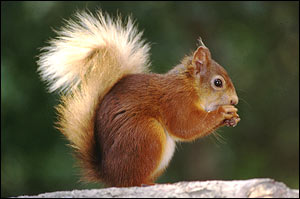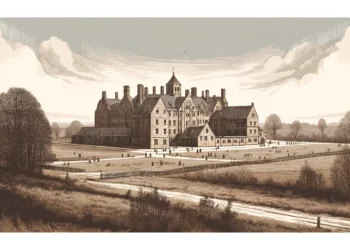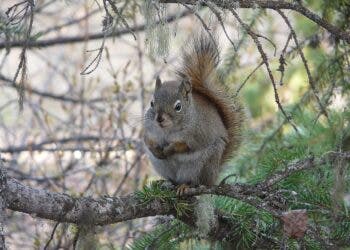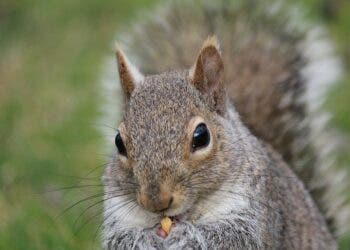
This could be the plot for a Dr. Doolittle movie, without the talking to animals. Things were as follows: The villagers (from Carrbridge, Scotland) were upset because Tulloch Homes, a developer, had an industrial plan to build houses and destroy a part of the forest and wildlife, and which would increase the population by a third, without bringing any economical benefits. They won the case in court at first, but then the developer won after the appeal. So they campaigned, but the results were scarce: 117 houses were as good as built, when something unexpected happened, which halted the construction.
The developer had conducted a search for the animals earlier, but none were found. Call it deus ex machina, but appearantly from nowhere, some previously undiscovered red squirrels appeared. There were about 46 of them in the area where the new homes were to be constructed. As things go even further, it seems this is in fact one of the last places in Great Britain where they can be found!
This immediatly puts a (probably permanent) stop to the builder’s plans, so the underdog wins! Andrew Tait, a planner with the authority, added:
“The Nature Conservation (Scotland) Act 2004 does not permit a… scheme which allows for dreys to be intentionally or recklessly damaged or disturbed for the purposes of development. “There can be no progress pending a legal opinion. The Scottish Executive established the principle of development on the Carrbridge site but that was subject to strict conditions which included wildlife.”
Now many are accusing the developers of deceit, claiming their first survey was framed. Still, they were so close to building there, and thus destroying one of the last strongholds of red squirrels; but they managed to save themselves! Red squirrels rock!






